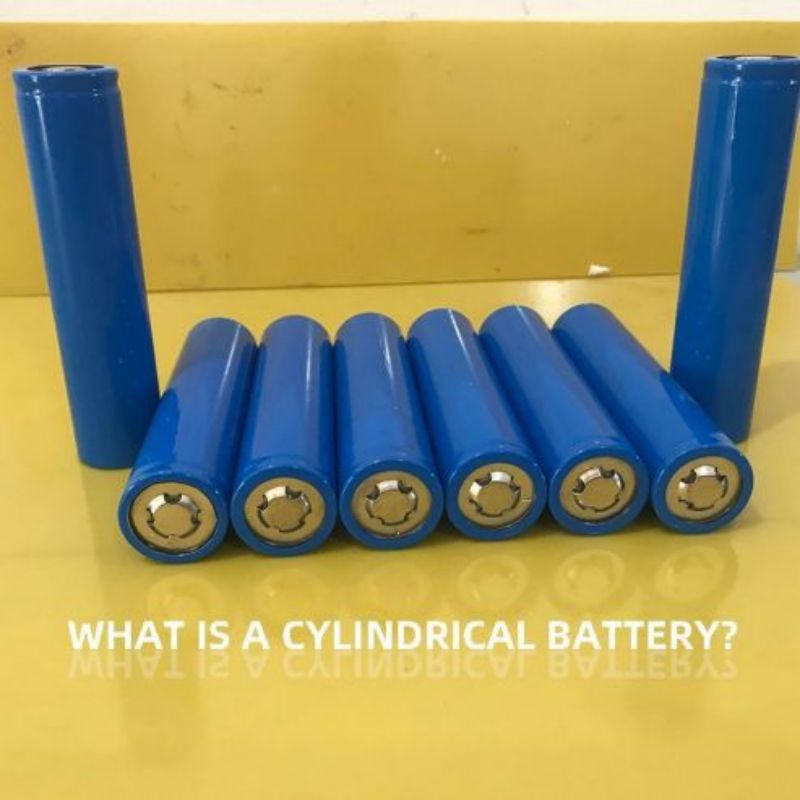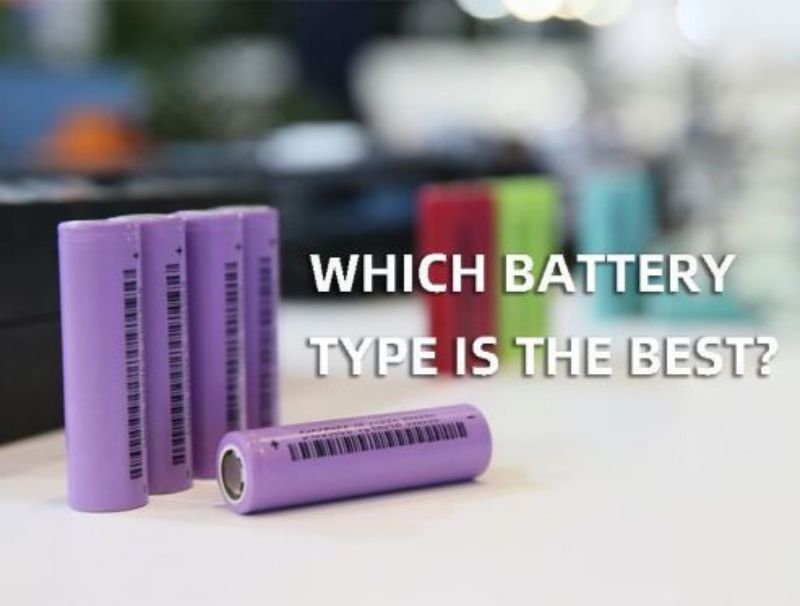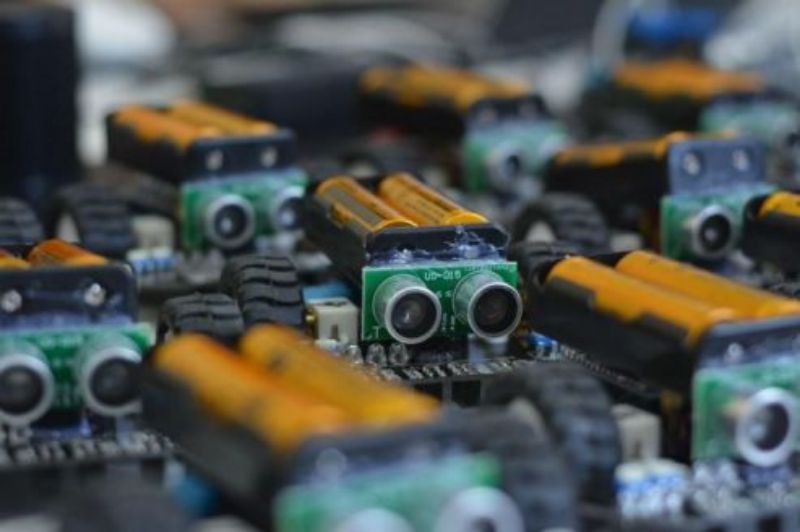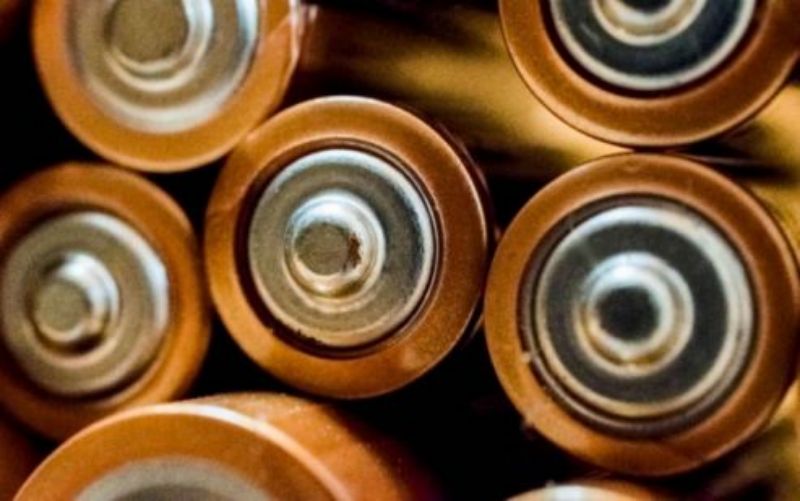
Main content:
- 1.What is a cylindrical battery?
- 2.Why are batteries cylindrical?
- 3.How do you make a cylindrical battery?
- 4.What are the 3 types of batteries? Which battery type is the best?
- 5.18650 vs 21700 vs 20700 vs 4680? Which cylindrical lithium battery is the best?
- 6.What is a drawback of a cylindrical battery?
- 7.What are the advantages of the cylindrical battery?
- 8.Can solid-state batteries be cylindrical?
1.What is a cylindrical battery?

The batteries come in 3 different shapes: cylindrical battery, square battery, lipo-battery. The cylindrical battery is the most common type of battery used worldwide. Cylindrical battery got its name from its cylindrical shapes. It's enclosed in a metal can with the positive terminal on the cap of the cell and the negative terminal at the other end of the cell. Due to its lower costs and faster production, cylindrical battery is preferred by most battery manufacturers.
2.Why are batteries cylindrical?
The cylindrical shape of cylindrical battery aids in automated manufacturing. Its shape also helps to maintain mechanical stability and almost evenly distributes internal pressure enabling the cell to withstand increased internal pressure without distortion. Cylindrical shape also decreases the packaging density. When we try to combine the cylindrical battery into a pack, because of the cylindrical shape, the pack leaves small gaps between each battery that aids in the thermal management of the pack of cylindrical batteries. These gaps also allow the coolant to flow freely between the batteries.
3.How do you make a cylindrical battery?

A cylindrical battery is composed of thin sheet-like anode, cathodes, and separators in between them. To prepare a reliable cylindrical cell, firstly an electrode sheet is prepared by sintering the raw cathode and anode active material using a furnace. All the materials are milled into smaller-sized particles using a milling machine. A rolling press is used to roll the electrode and get the required thickness. After the preparation of the electrode sheet, it is sliced into strips using the slitting machine. The current collector and tab are welded together using the Ultrasonic Welding Machine. Strips of Anode, Cathode, and separator are winded into the cell core using the winding machine. The raw prepared cell is then dried using the vacuum oven. With the help of a deep spot welding machine, one tab from the cell is welded to the bottom of the closing end. The cell core is inserted and the other tab from the cell is welded to the cap. The case of the cylindrical battery is then filled with electrolytes and the cap is inserted and aligned to the open end. The opened end is sealed using the sealing machine. The cylindrical battery is then activated by charging and discharging using the battery analyzer. The metal case of the cylindrical battery is wrapped with heat-shrinkable PVC that keeps the positive and negative terminals isolated. At this stage, the cylindrical battery is ready to use.
4.What are the 3 types of batteries? Which battery type is the best?

Primarily, batteries come in three types for consumer use: lithium iron phosphate, lithium ternary, and lead-acid batteries.
Lithium iron phosphate batteries are known as LFP batteries. Lithium iron phosphate is used as a cathode material and a graphitic carbon electrode with metallic backing is used as the anode. These batteries are preferred because of their low cost and toxicity. They have a long life cycle too, with a cycle life of more than 4000 times, which makes them suitable for use in vehicles.
Lithium ternary batteries are lithium batteries that use lithium nickel cobalt manganese as the anode material. Nickel, cobalt and manganese salts act as the materials of precursor products of ternary composite anode. These batteries provide a very high voltage of 3.7v hence they have high specific energy and specific power. These batteries also charge fast and have low-temperature resistance.
Lead-acid batteries are the earliest rechargeable batteries. The energy density of lead-acid batteries is only one-third that of lithium-ion batteries, so it is heavy. In addition, its cycle life is also relatively short. Despite these batteries having low energy densities, they supply high surge currents. When the battery is fully charged lead stays at the negative terminal and lead oxide at the positive terminal. Once they are out of use, they can be recycled. But recycling lead can result in contamination.
5.18650 vs 21700 vs 20700 vs 4680? Which cylindrical lithium battery is the best?

18650 battery is a type of lithium-ion cylindrical battery. The measurements of this cylindrical battery are 18mm x 65mm which also derives its name. These batteries offer a voltage of 3.2-3.7v and have the power of 2600mAh and 3500mAh. Ternary 18650 batteries can be recharged 1500 of times over and have long run times that made them a perfect fit to be used in flashlights, EV, and electronics.
21700 battery is another type of lithium-ion cylindrical battery. They are named after their dimension to make it easy to identify their size and compatibility. These batteries have a 21mm diameter and 70mm length. These batteries are suitable for use in hybrid and electric vehicles.20700 batteries have a diameter of 20mm and are 70mm in length. These are specialized cells and are bigger in size than 18650 batteries. These batteries are suitable for high-drain devices and electronics. They can be stored for 3 to 5 years and can be recharged between 1500 to 4000 times.
The main advantages of 4680 batteries are reflected in battery capacity, production cost and efficiency.The battery capacity is five times larger than the previous 2170 battery, which leads to an increase in mileage. The 4680 battery can be composed of only 950 cells, which means that the space utilization rate and the assembly efficiency is increased, and the cost is reduced. It also reduces the consumption of raw materials that do not provide energy density, such as diaphragm and steel shell to reduce the cost. In addition, there is a certain gap between cylinders, which has good heat dissipation performance, and there is no heat dissipation problem caused by square shell.
Out of all these types of cylindrical batteries, 18650 batteries are the most classic and common cylindrical batteries. It's hard to say which cylindrical battery is the best, because they all have the same excellent performance as lithium-ion batteries, but only according to different usage scenarios, the most suitable cylindrical battery is the best.

6.What is a drawback of a cylindrical battery?
Compared to the pouch battery, the cylindrical battery is packed in a steel case that increases the overall weight of the battery that also makes the specific energy relatively low. The electrodes in cylindrical battery can either expand or contract to cause damage to the shape leading to an internal short circuit.
7.What are the advantages of the cylindrical battery?
Cylindrical battery is the earliest industrialized lithium battery product. The cylindrical shape of these batteries aid in handling high internal pressures without changing the shape. These batteries have better temperature control and are less in cost than their competitors.
8.Can solid-state batteries be cylindrical?
Solid-state batteries have a solid electrolyte instead of a gel electrolyte as in lithium-ion batteries. Ceramics such as oxides, sulphides, and phosphates are used as solid electrodes. These batteries are available in cylindrical shapes. The solid-state electrolyte sets in a concave-convex manner inside the cylindrical barrel. The insulating fluid fills up the spaces between the cylindrical barrel.

















